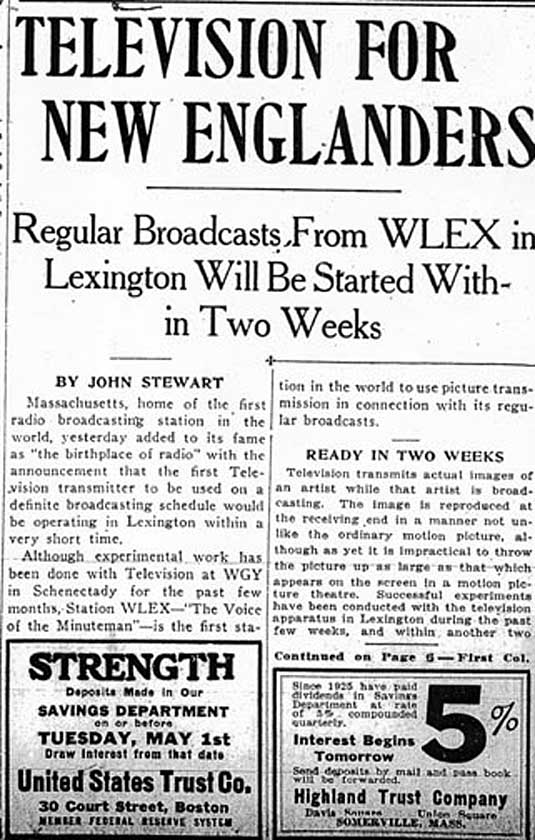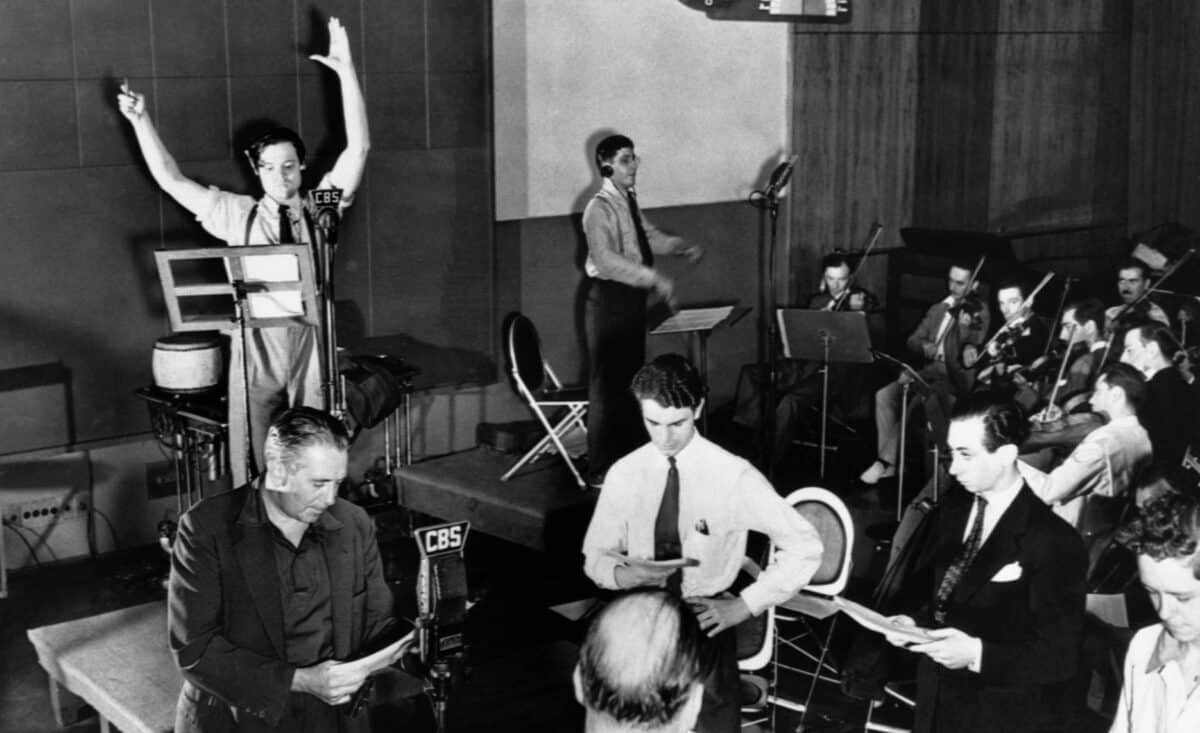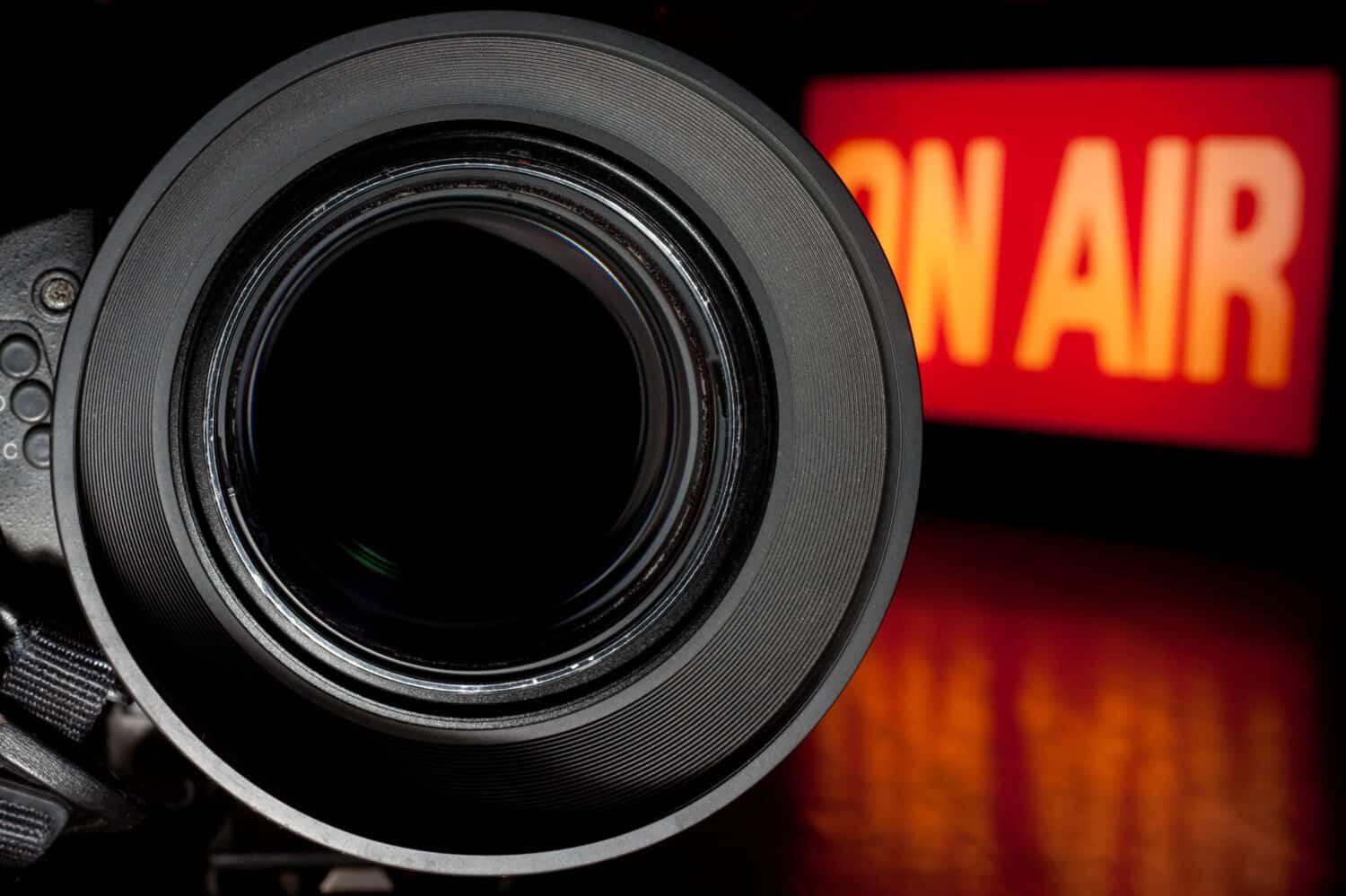Watching TV has become an almost passive activity. Often, we leave the TV on as we do chores around the house. Other times, we sit to watch TV and browse through tens, if not hundreds, of TV stations just to find something worthwhile. That is how conventional TV stations have become in the 21st century. However, did you know even the oldest TV station is not 100 years old? The first TV station aired around 1928. It paved the way for new stations and is responsible for the live TV shows we enjoy today.
According to a report released by the Federal Communications Commission (FCC), there were at least 1,762 licensed TV stations in the US as of January 2020. Considering the increased access to TVs, we expect the number has grown significantly in the last few years. So, which are the oldest TV stations, and when did they air? Keep reading to find out!
W3XK
| Date | 1928 |
| Company/Inventor | Charles Jenkins Laboratories/Jenkins Television Corporation |
| Area Served | Washington, D.C. |
W3XK is considered the oldest TV station in the US. However, for a long time, General Electric claimed to have owned the first TV station, W2XCW, which it started operating in January 1928. This was a few months before W3XK went on air. Still, many people credit W3XK as the oldest channel with a regular schedule. W3XK was also commercially licensed and available to the public, unlike W2XCW, which operated as an experimental station for the first few years.
Charles Jenkins Laboratories had its first studio in Washington, D.C., then relocated to Wheaton, Maryland. It also had a studio dedicated to producing motion pictures. W3XK operated using mechanical standards. It started with 48-line pictures and then later moved to 60 scan lines.
Unfortunately, W3XK quickly went into debt and was sold off to Lee DeForest Radio Corporation in 1932. Things did not improve, and the new owners went bankrupt within a few months.
W2XCW
| Date | 1928 |
| Company/Inventor | General Electric |
| Area Served | Schenectady, New York |
W2XCW was the first experimental TV station to open in the US. General Electric operated the station from their facility in Schenectady. However, in 1932, General Electric changed the W2XCW call sign to W2XAF. The company retained the call sign for most of the 1930s.
It was not until 1942 that General Electric wound up its experimental TV station and launched WRGB as a licensed commercial channel. The new call sign was an abbreviation of Walter Ransom Gail Baker, an electrical engineer and vice president of General Electric at the time.
W1XAY

| Date | 1928 |
| Company/Inventor | Boston Post |
| Area Served | Boston |
W1XAY is credited as one of the first TV stations to air in Massachusetts. It operated between 1928 and 1930. W1XAY and its sister station, WLEX, aired an entertainment program every afternoon between 3:00 and 4:00 p.m. EST. Like other TV stations at the time, W1XAY used 48 scan lines. It displayed images at a rate of 18 frames per second.
The public response to W1XAY was so huge that the station was featured in the St. Joseph Gazette. The newspaper described detailed features of the station, including how the equipment and cameras are arranged in the studio. It also explained how mechanical scanners convert objects to “electric impulses.” Like other TV stations at the time, W1XAY faced technical limitations and the economic woes of the Great Depression, forcing its closure.
WRNY (W2XAL)

.
| Date | 1928 |
| Company/Inventor | Experimenter Publishing Co. |
| Area Served | New York |
WRNY started as a radio station before venturing to TV. The radio station began broadcasting in 1925. It quickly gained a large audience, prompting Experimenter Publishing Co. to launch its television broadcast in 1928. The TV station aired five-minute programs daily. The images were encoded using a 48-line mechanical scanner and displayed at 10 frames per second.
Experimenter Publishing Co.’s biggest challenge was synchronizing its TV and radio stations. The audio was often a few seconds behind the displayed images. These technical limitations and the effects of the Great Depression from 1929 to 1939 forced the owners to take the TV station off the air in 1930.
W1WX (W1XAV)

| Date | 1929 |
| Company/Inventor | Shortwave and Television Laboratory, Inc. |
| Area Served | Boston |
W1WX is the second-oldest TV station in Boston (after W1XAY) and among the oldest in the US. It rebranded to W1XAV in 1929. W1WX used 48 and 60 scan lines. This was unlike most stations that used either 48 or 60 lines, but not both. W1XAV also displayed images at 15 frames per second. This was lower than other TV stations’ frame rates. However, in 1934, W1XAV switched permanently to 60 scan lines and increased its frame rate to 20 frames per second.
One of the most notable incidents in W1XAV’s history was when it aired a section of the orchestra program, The Fox Trappers in 1930. The program was owned by CBS Radio, an unaffiliated station. The TV station received a warning from the Federal Radio Commission for airing what the FCC considered a commercial without a license.
Though one of the most promising TV stations, W1XAV’s run ended abruptly in 1934. The FCC rejected its license application, claiming that having two mechanical stations in the area was counterproductive.
W2XBS (WNBC)
| Date | 1928 |
| Company/Inventor | Radio Corporation of America |
| Area Served | New York |
WNBC is one of the oldest TV stations that has remained operational today. However, it was not always called WNBC. It has rebranded severally over the years. WNBC’s history dates back to 1928 when Radio Corporation of America (RCA) founded W2XBS, an experimental TV station.
Felix the Cat, a cartoon character created in 1919, was one of the first images aired on W2XBS. RCA aired images of the doll on a rotating phonograph for two hours daily. They used the output feed to study how to fine-tune images for the best viewing experience.
RCA’s research efforts finally paid off, with W2XBS becoming a pioneer in various areas. For example, it was the first TV station to telecast a presidential speech. It was also the first channel to air a National Football League game. The match was played between the Philadelphia Eagles and the Brooklyn Dodgers on October 22, 1939.
W9XAP (WMAQ-TV)
| Date | 1930 |
| Company/Inventor | Daily News |
| Area Served | Chicago |
W9XAP was one of the first TV stations to air in Chicago. However, like most stations in its era, it was mainly experimental. W9XAP used the mechanical scanning technique. Images were converted into 45 scan lines and displayed at 15 frames per second. The images were not accompanied by sound. Instead, the pictures were synchronized to match the voice broadcast from WMAQ, the company’s radio station.
One of the most notable programs on W9XAP was the Vaudeville Show Broadcast. It showcased artists performing at the RKO Palace Theater. The production crew shot the performances from different angles, giving the viewers a more “immersive” experience. W9XAP showed great potential, but the Great Depression curtailed its survival.
The TV station could not sustain its operations and went off air in August 1933. WMAQ did not open another TV station until 1948, when it aired WNBQ. The new station was considered a rebirth of W9XAP. It maintained this call sign until 1964 when it was renamed WMAQ-TV.
W6XAO (KCBS-TV)
| Date | 1931 |
| Company/Inventor | Don Lee Broadcasting |
| Area Served | Los Angeles |
W6XAO, now KCBS-TV, is one of the oldest TV stations that has remained operational. It was also one of the first TV stations launched on the West Coast. W6XAO’s history dates back to 1931, when it was licensed as an experimental station. The then owners, Don Lee Broadcasting, had some of the best production equipment. For example, the station used an 80-line mechanical camera and all-electronic receivers by 1932. They later upgraded to a 300-line mechanical camera and broadcasted a one-hour show six days a week.
W6XAO received its commercial license in 1948 and changed its call sign to KTSL. CBS acquired KTSL the following year and replaced the station’s schedule with its programming. It also changed the call sign to KNXT to match its Los Angeles radio station, KNX. Finally, in 1984, CBS rebranded the station and changed its call sign to KCBS-TV, which it has retained to date.
Wrapping Up
Most of the oldest TV stations were experimental and were taken off the air after several years. Only a few stations, like KCBS-TV, WMAQ-TV, and WNBC, have remained operational. The TV stations also faced financial and technical challenges. Still, their efforts contributed significantly to the evolution of TV programming, as we know it today. For example, most modern TV channels offer 24-hour programming, compared to pioneer stations that went on air for about one hour a day.
The image featured at the top of this post is ©Brisbane/Shutterstock.com.








